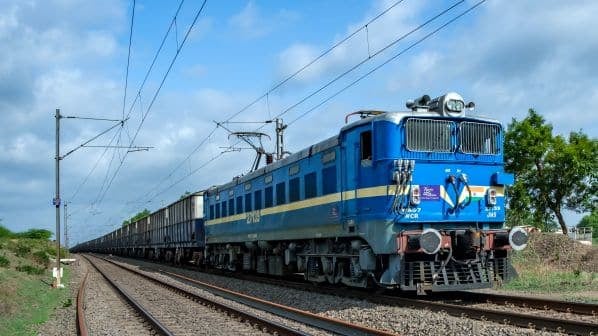In a significant stride towards modernising its infrastructure and improving train speeds, Indian Railways has successfully upgraded more than 78% of its track network to support operations at speeds exceeding 110 kilometres per hour. This achievement marks a crucial milestone in the national transporter’s ongoing efforts to enhance passenger and freight mobility across the country.
According to recent data released by the Ministry of Railways, out of the total 65,556 route kilometres of the Indian Railways network, 51,036 route kilometres are now fit for train speeds of 110 kmph or more. This development is expected to significantly reduce travel time, improve punctuality, and facilitate the running of semi-high-speed and premium trains like the Vande Bharat Express and Rajdhani.
The upgrade is part of a broader push under the Railway Ministry’s mission to modernise the Indian Railways through better infrastructure, electrification, and adoption of modern signalling systems. The strengthening of tracks includes the use of heavier rails, improved ballast, better sleepers, and advanced welding techniques to ensure safety at higher speeds.
These enhancements are also aimed at supporting the Dedicated Freight Corridors (DFCs) and facilitating the faster movement of goods, thereby boosting economic efficiency and reducing the logistics cost of industries. With a focus on improving the rail network’s capacity and resilience, Indian Railways continues to invest heavily in track renewals, doubling, and electrification.
This progress comes in tandem with Indian Railways’ ambition to achieve net zero carbon emissions by 2030, as faster and more efficient trains powered by electricity contribute to a cleaner and greener transportation system.











